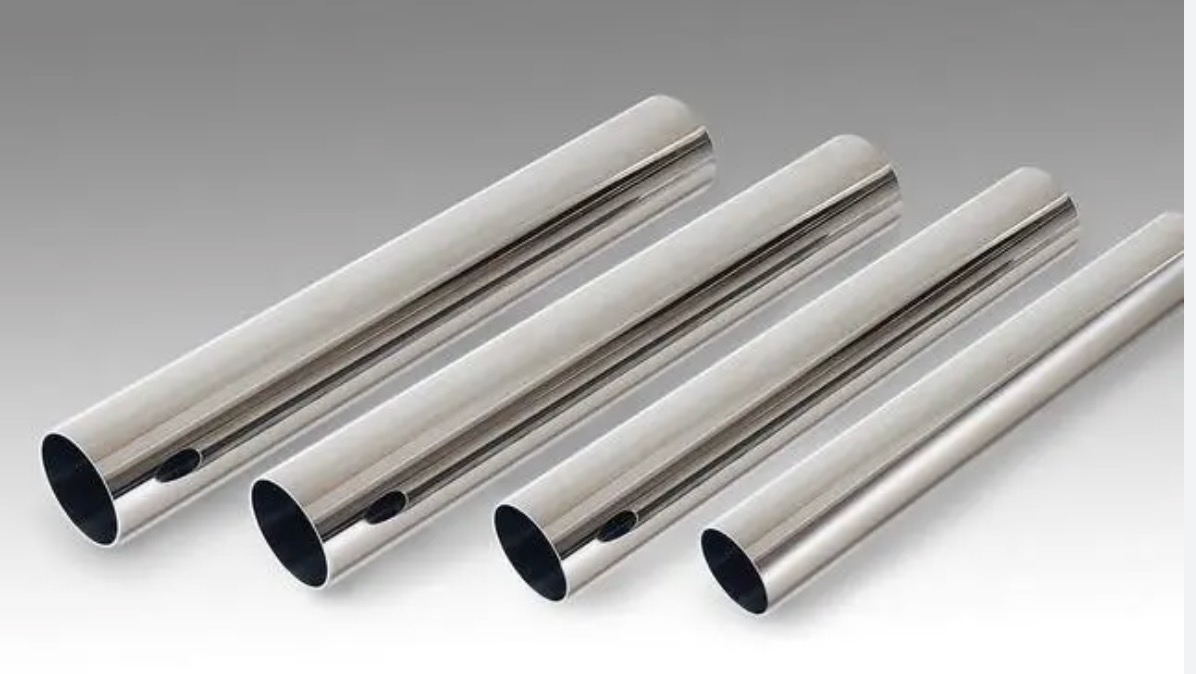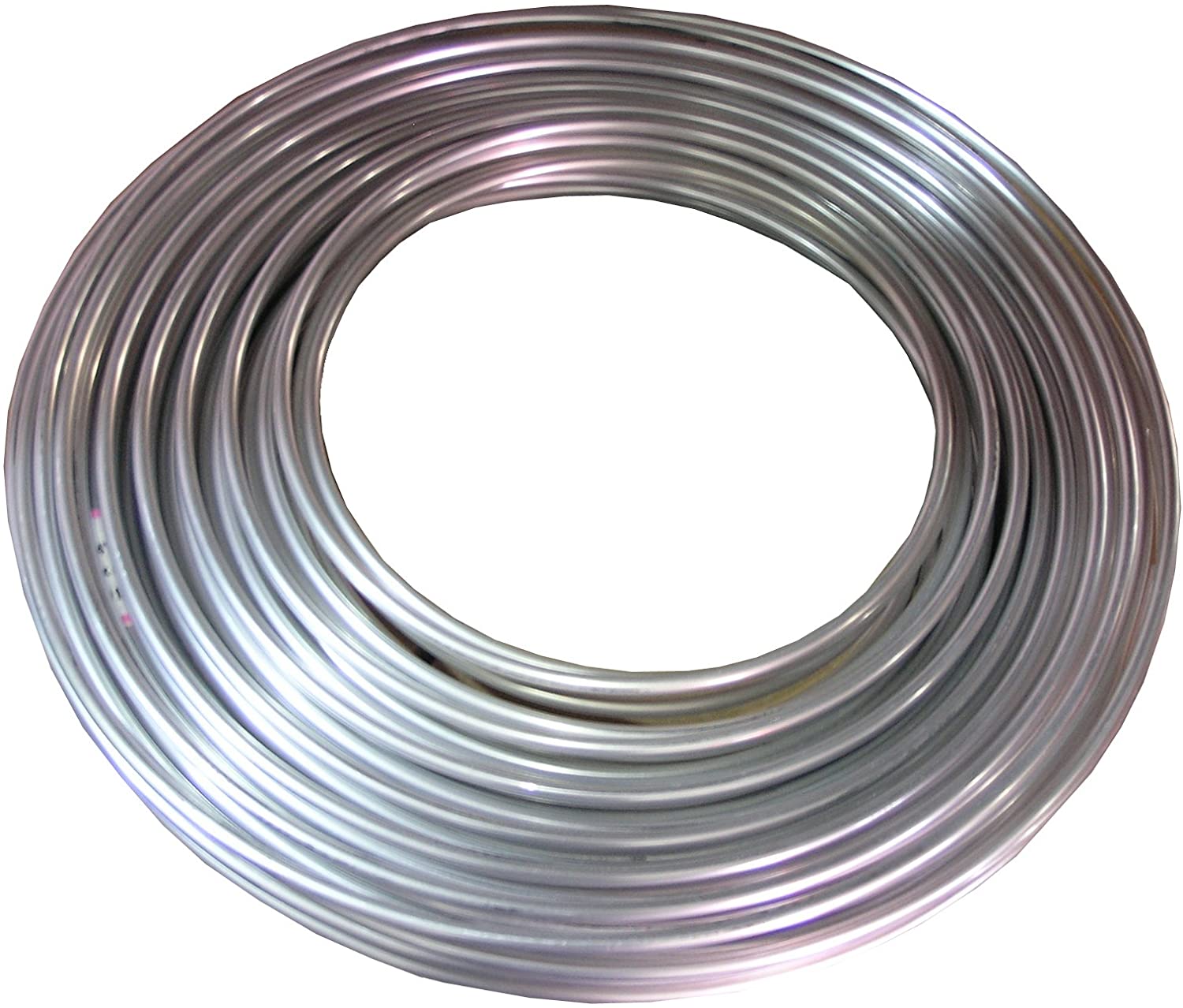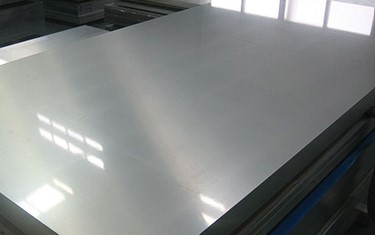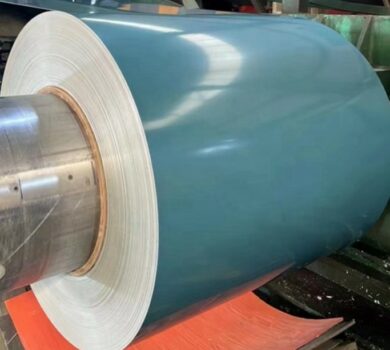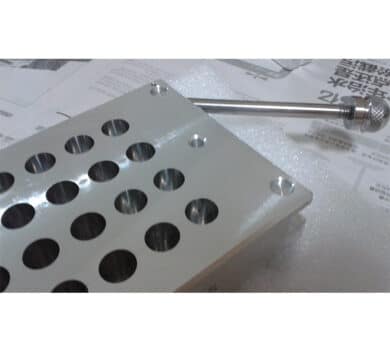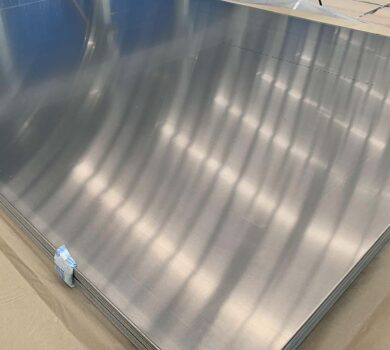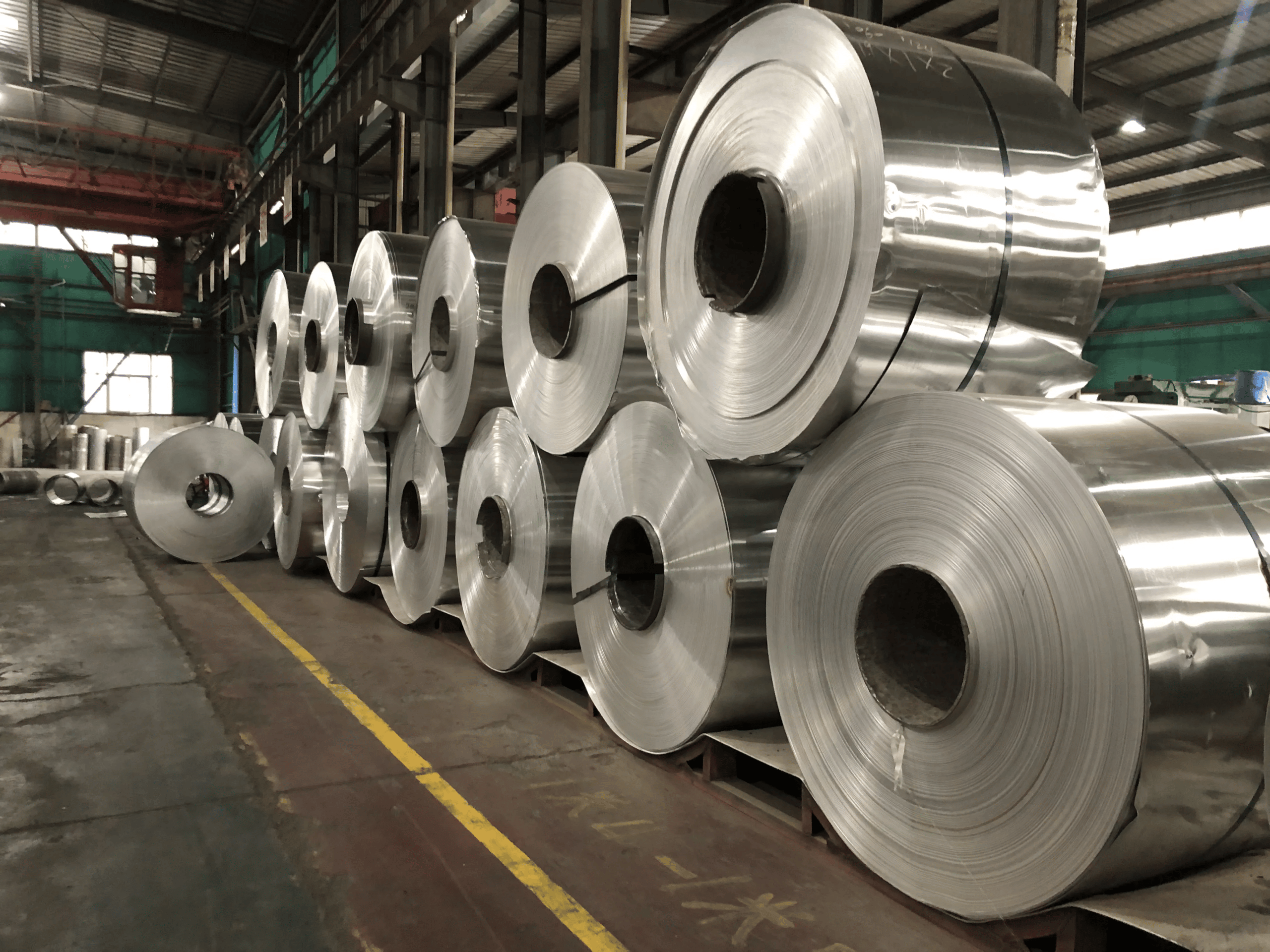News on May 18; with the advent of the wet season, the logic of supply-side production reduction has shifted to the logic of resumption, while demand recovery is weak, and the supply-demand pattern is expected to loosen. It is expected that the overall aluminum price will be mainly weak, and the follow-up will focus on the performance of hydropower and inventory changes in Yunnan during the wet season.
Since May, the supply and demand pattern is expected to loosen. At the same time, the financing demand of real enterprises is weak. The domestic recovery is optimistic and there is a revised demand. Overseas recession worries are heating up. Domestic and foreign aluminum prices have fallen sharply due to the weakening of the macro and the industry, among which Shanghai aluminum is the lowest It fell to 17760 yuan / ton, and the lowest price of Lun Aluminum fell to around 2200 US dollars / ton.
The logic of production reduction is gradually fading
Recently, with the further recovery of production capacity in Sichuan, Guizhou, Guangxi and other places, the operating capacity continues to maintain an upward revision trend. As of now, the domestic electrolytic aluminum production capacity has been built to 45.29 million tons (including the production capacity that has not been put into production), the electrolytic aluminum operating production capacity has increased to 4078.8 tons, and the smelting operating rate has increased by 1.1 percentage points from the previous month to about 90%.
The production capacity in Yunnan is temporarily stable, and the expected reduction in production has not yet materialized. There is a relatively considerable rainfall forecast in the near future. As the wet season is approaching, the expected reduction in production in Yunnan has cooled down, and even the expectation of resumption of production has begun to appear. It is expected that in the next June or A small amount of production capacity will resume in Yunnan in early July. It is expected that the operating capacity of electrolytic aluminum will increase to around 41 million tons by the end of May, and domestic electrolytic aluminum production may increase by 0.72% year-on-year to around 3.46 million tons in May.
Demand heats up in the off-season
There are signs of a slowdown on the demand side. Although the operating rate of leading domestic aluminum downstream processing enterprises has risen by 0.9 percentage points to 64.7% due to the resumption of work after the holiday, most downstream enterprises have reported that new orders are insufficient. The decline is obvious. On the whole, the atmosphere of off-season demand is heating up, and the problem of insufficient orders is gradually emerging, and the subsequent start of aluminum production may be adjusted back. Due to the continuous decline in aluminum prices, the downstream goods are cautious in receiving goods, and the market transactions are average, and the spot premiums and discounts weakened again compared with the previous period.
In addition, according to the data of the General Administration of Customs, China exported 461,700 tons of unwrought aluminum and aluminum products in April 2023, compared with 497,400 tons in March, a month-on-month decrease of 7.2%; the cumulative export from January to April was 1.8396 million tons, a year-on-year decrease of 17.3% %, reflecting similarly weak overseas consumption.
Inventory depletion generates support
Since the inflection point was confirmed in mid-March, the domestic aluminum ingot inventory has started a continuous trend of depletion. At present, the inventory of aluminum ingots has been at the lowest level in the same period in the past five years, and it has maintained a relatively fast destocking speed. As of May 11, the domestic social inventory of electrolytic aluminum ingots was 787,000 tons, a decrease of 216,000 tons compared with the same period in May 2022. The continuous destocking is mainly due to the high proportion of molten aluminum, the reduction in the amount of ingots cast, and the decline in the supply of aluminum ingots. However, the current output of aluminum ingots and aluminum rods has dropped significantly, and the inventory of aluminum rods has begun to accumulate and is higher than the historical level, which confirms signs of weakening demand for profiles. In the later stage, we need to pay attention to the recovery trend of downstream orders and the shipment of aluminum ingots.
On the whole, the recent fundamentals have weakened slightly compared to the previous period. With the advent of the wet season, the logic of production reduction on the supply side has shifted to the logic of production resumption, while the recovery of demand has been weak, with little room for recovery, and the supply and demand pattern has become marginally loose. At the same time, the center of gravity of the cost side has moved down driven by the decline of prebaked anodes, and the support has weakened, but there is still support for inventory depletion. It is expected that the overall aluminum price will be mainly weak, and the follow-up will focus on the performance of hydropower and inventory changes in Yunnan during the wet season.
